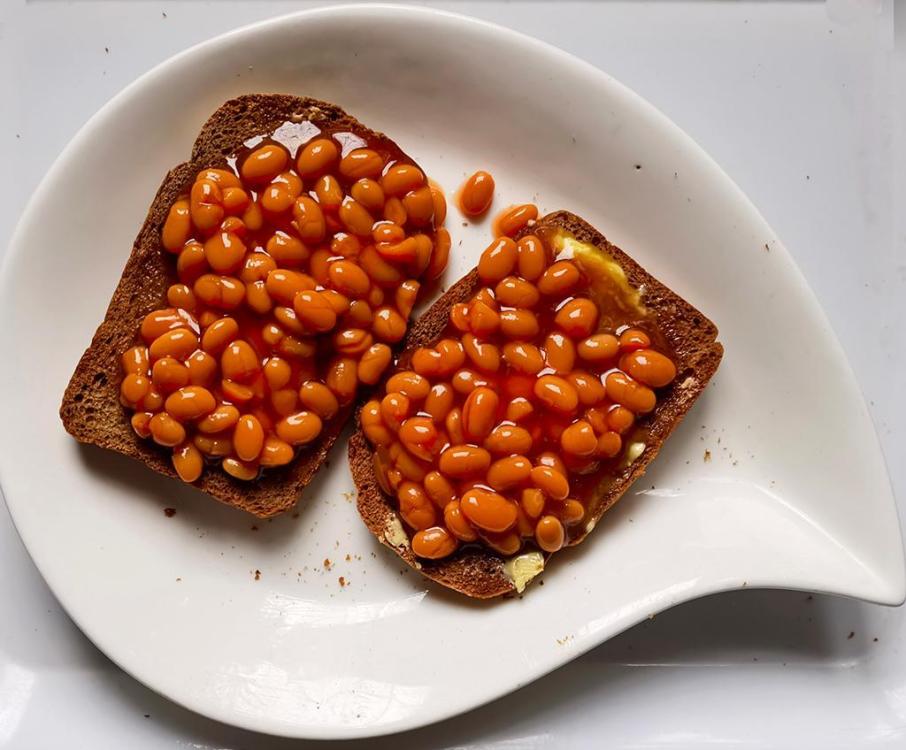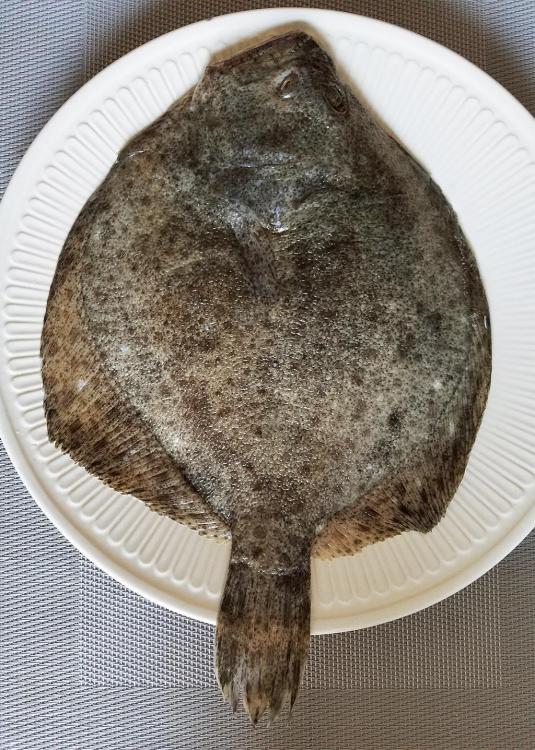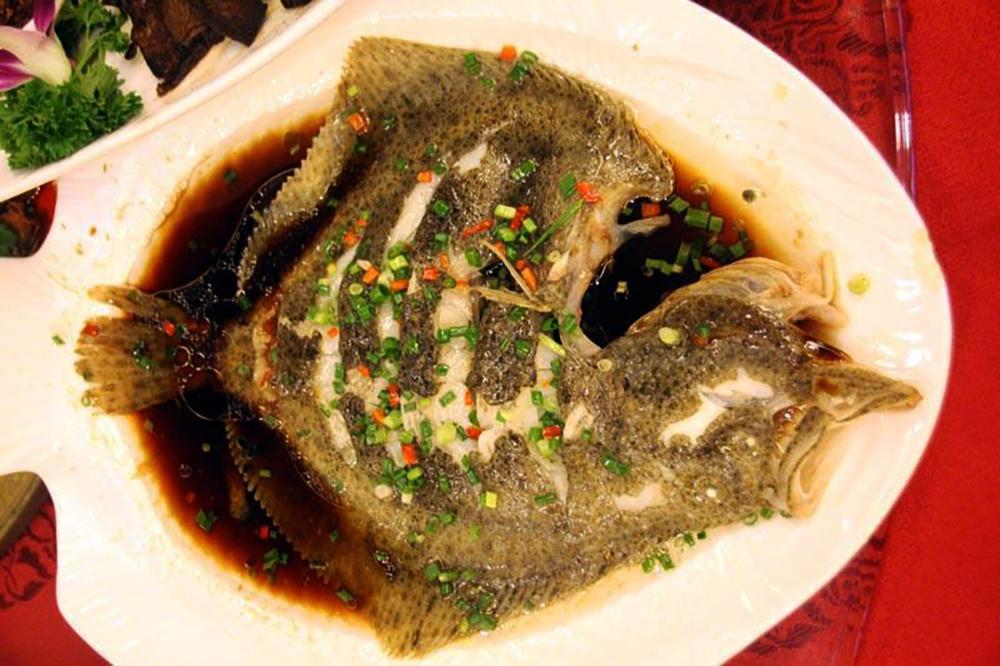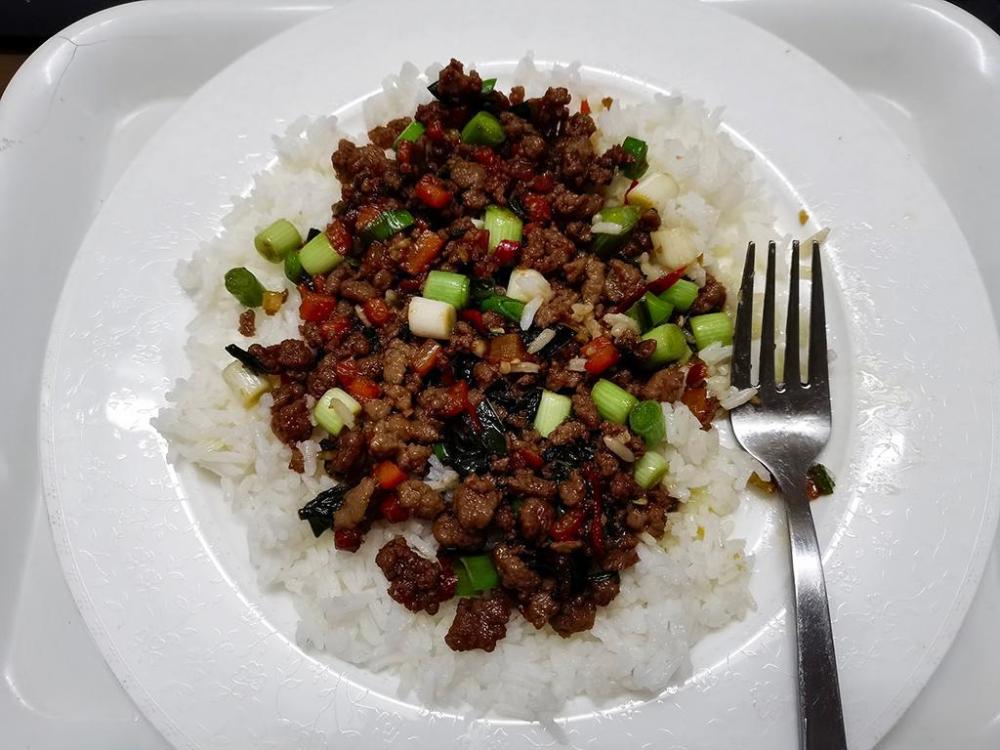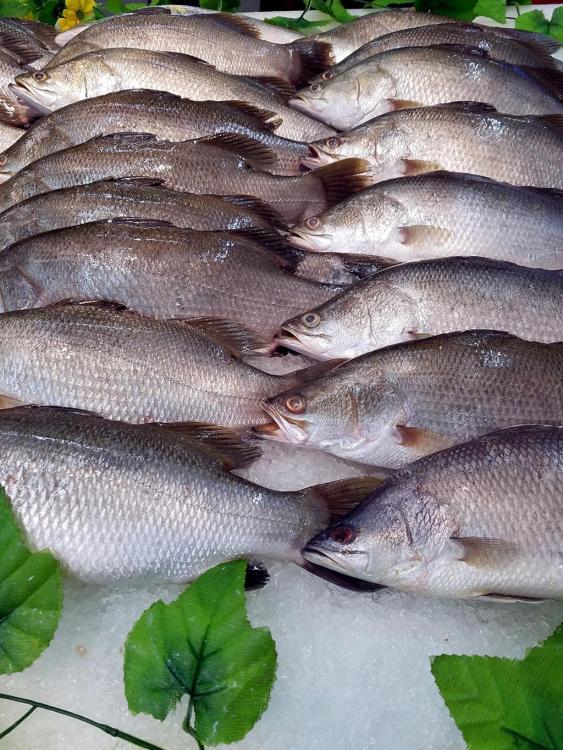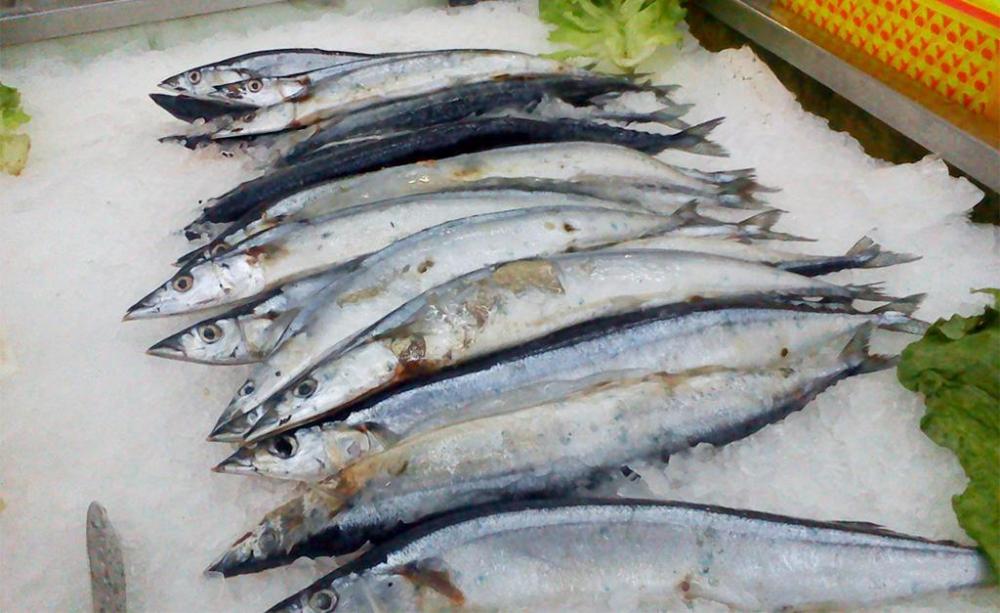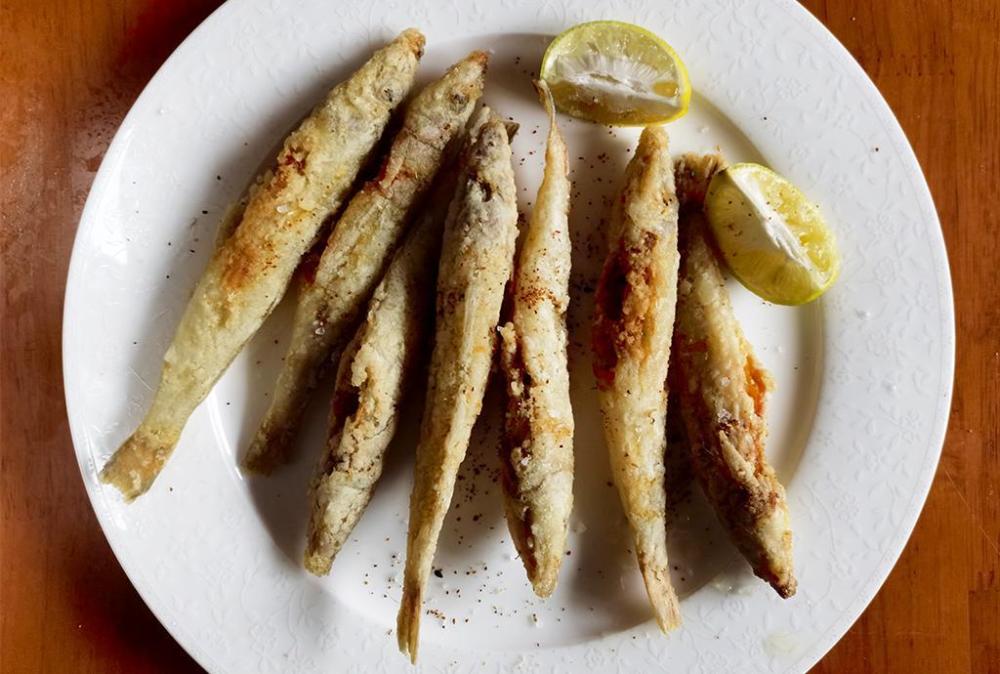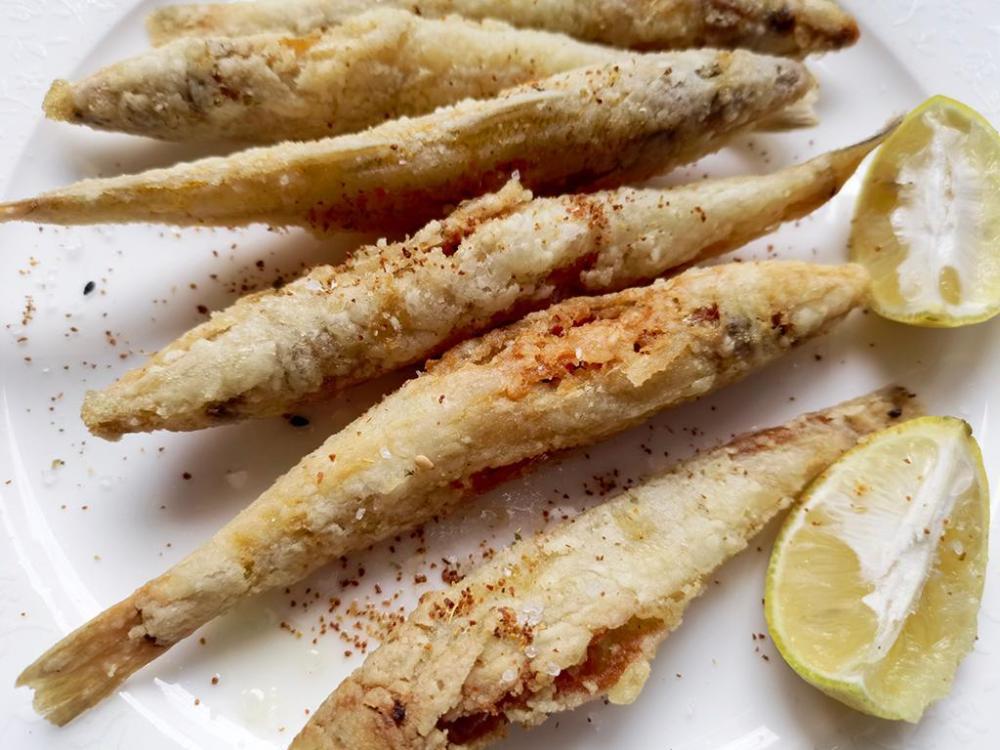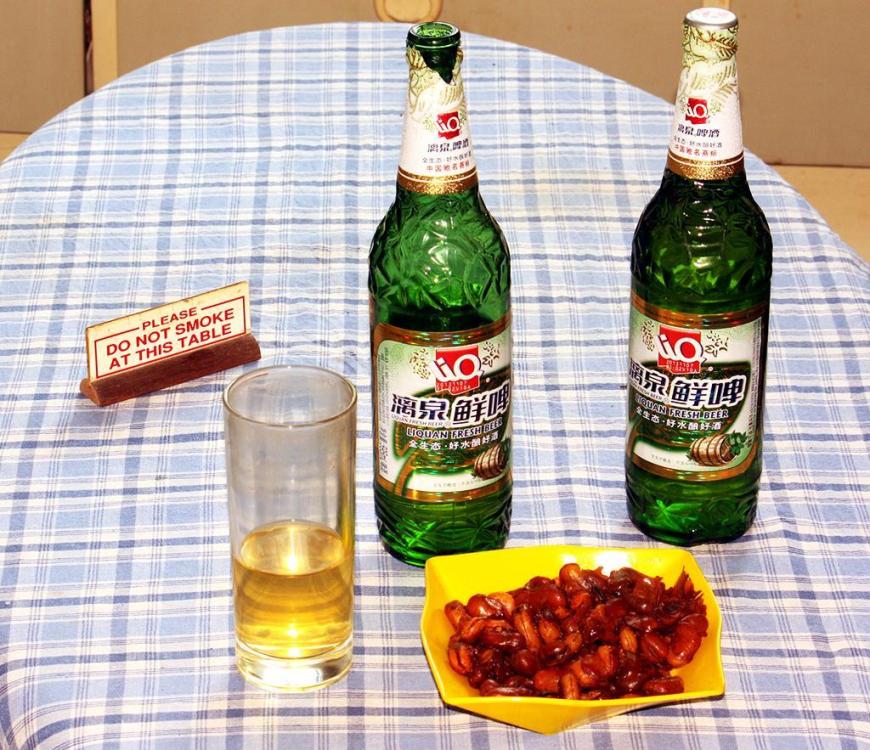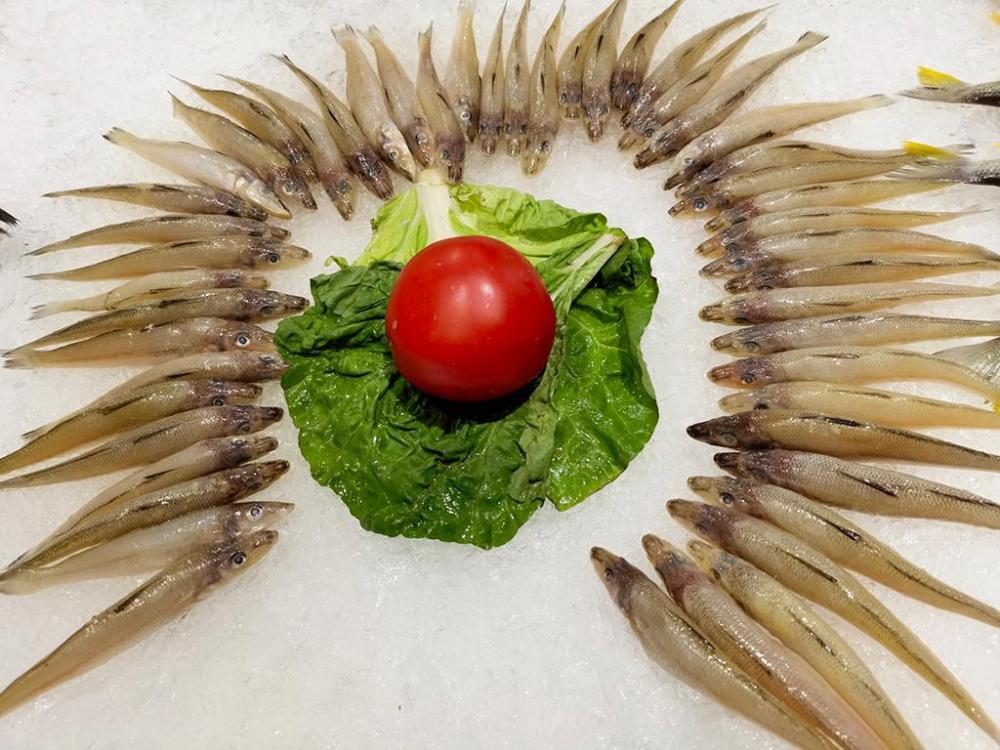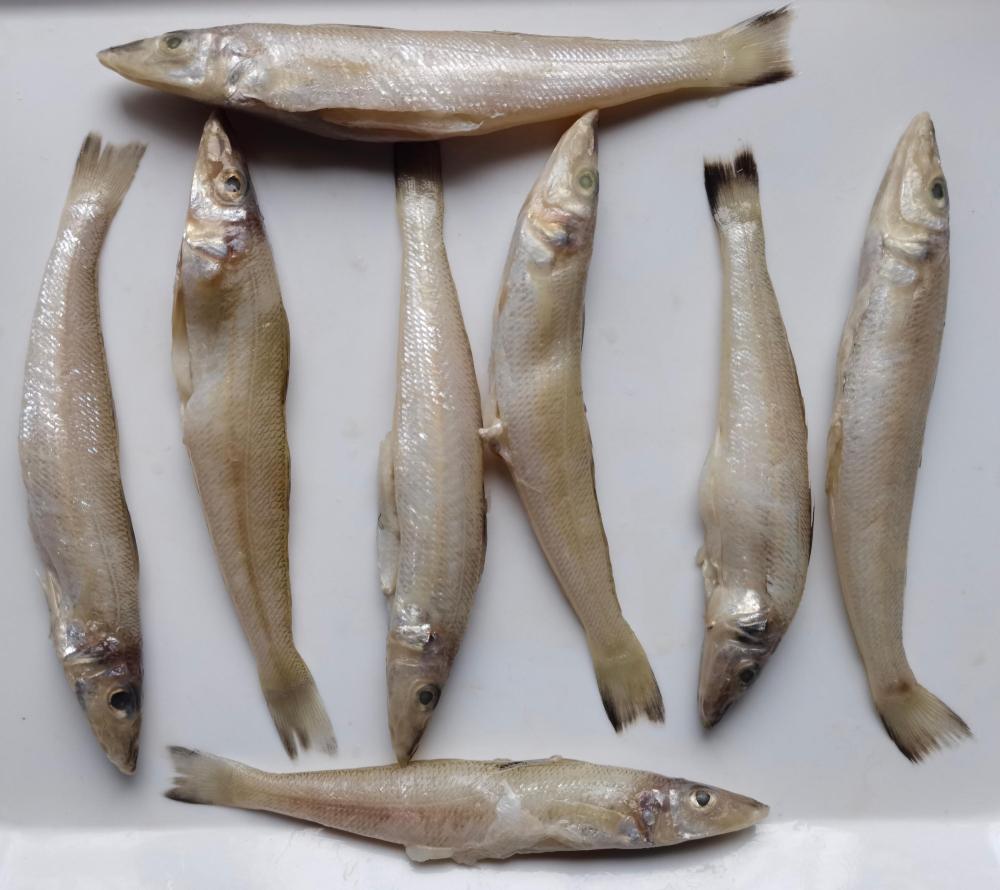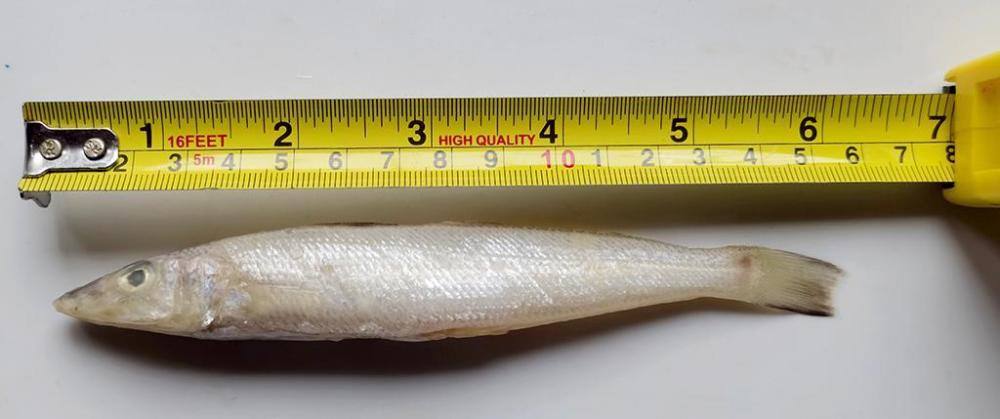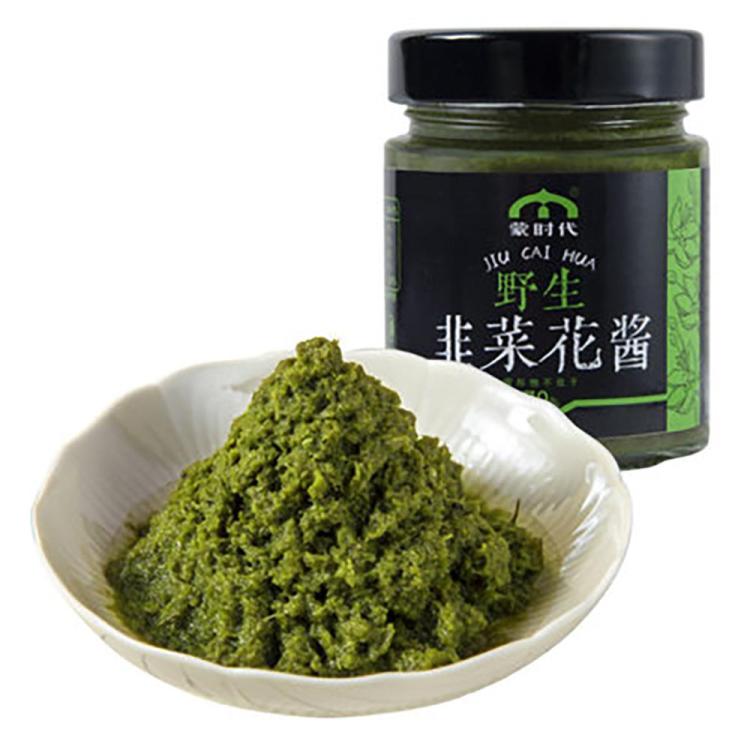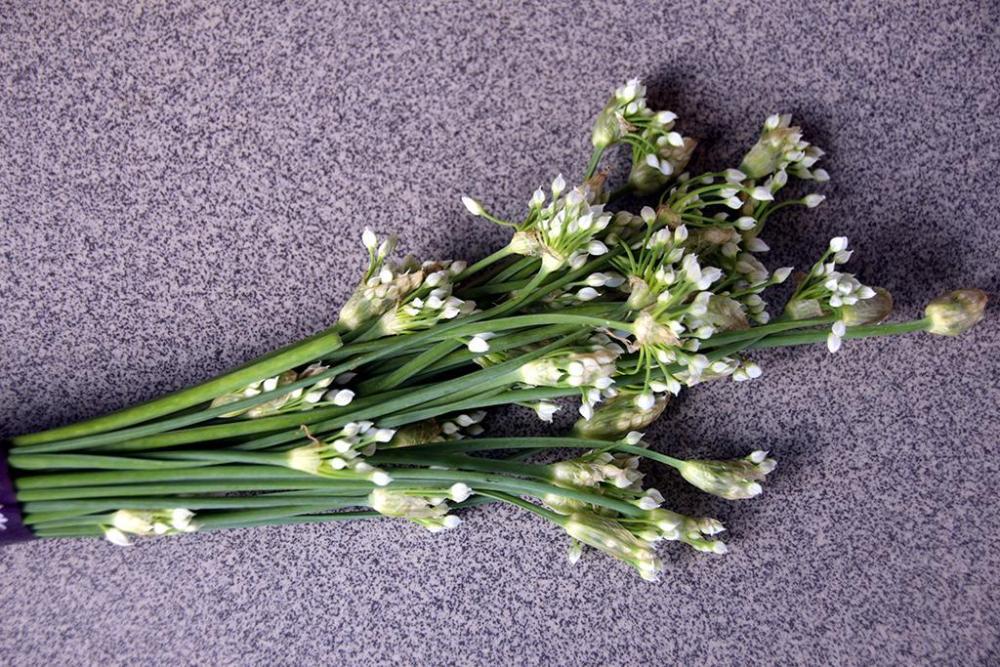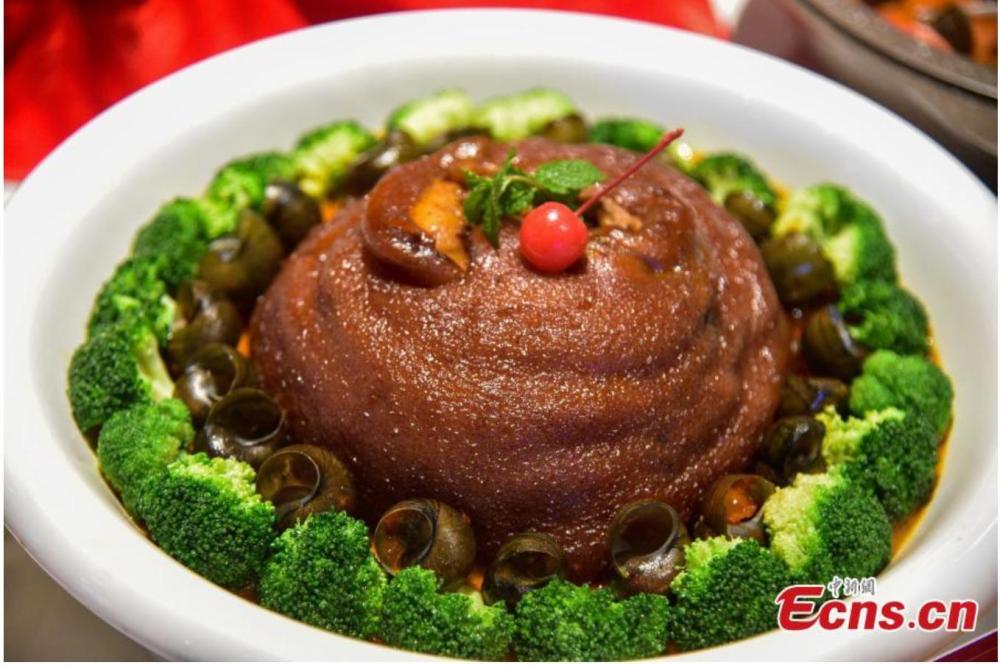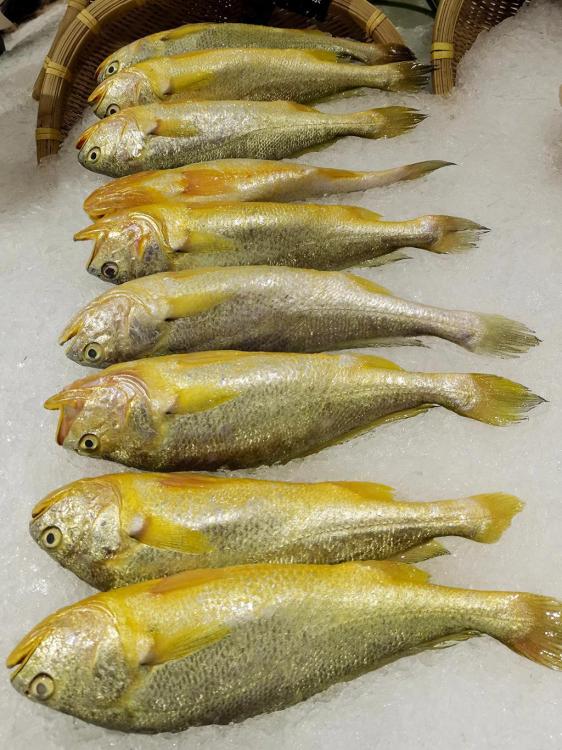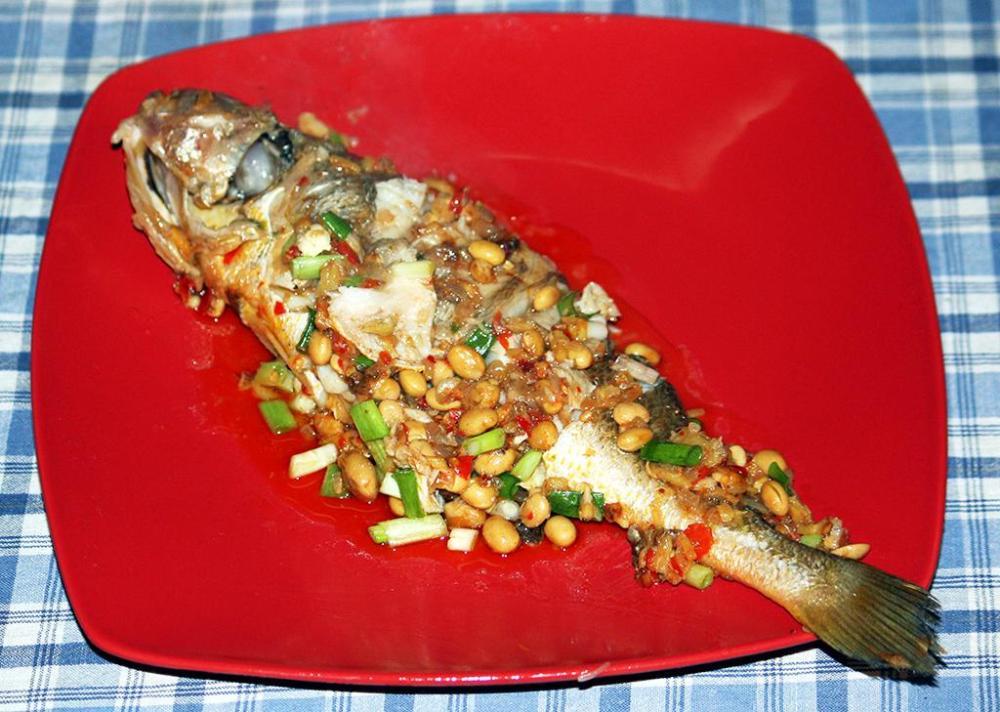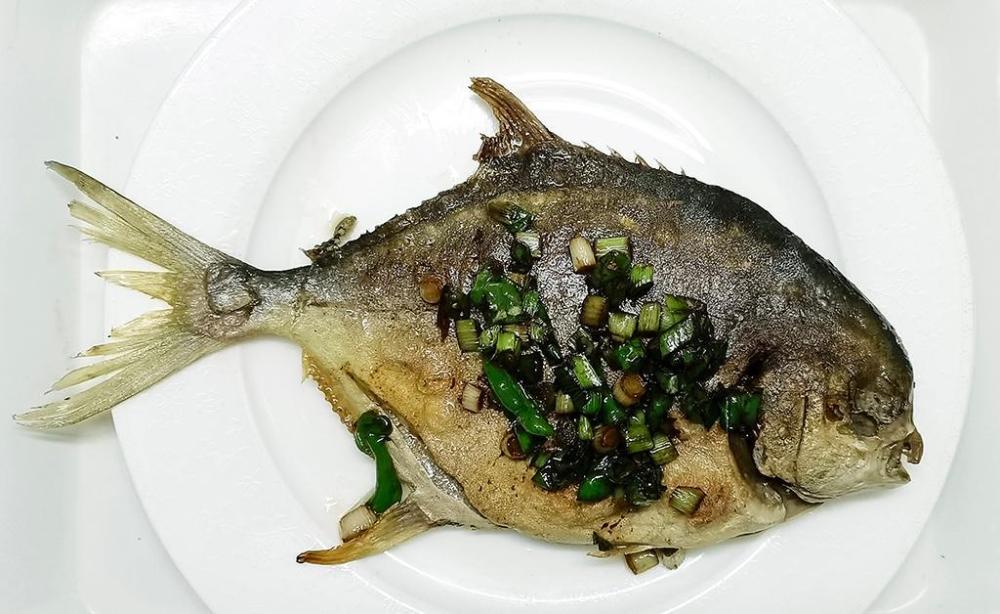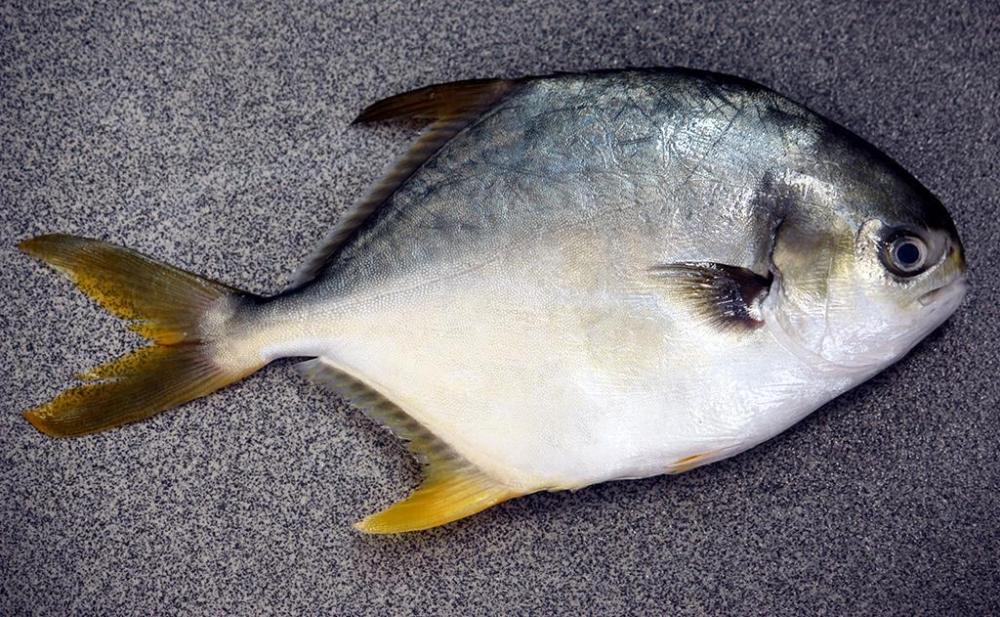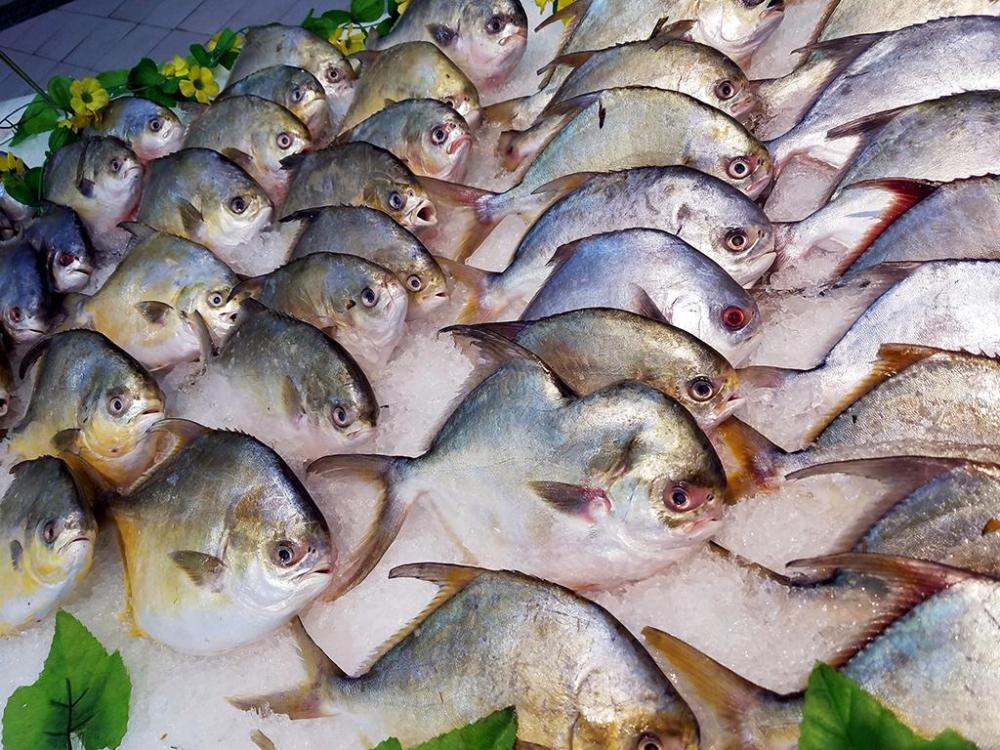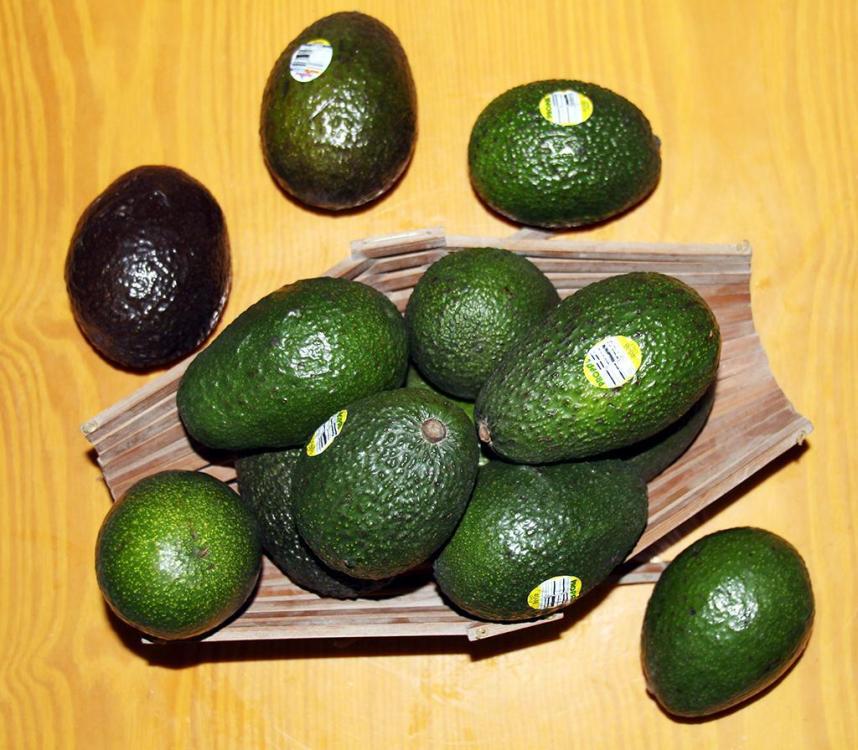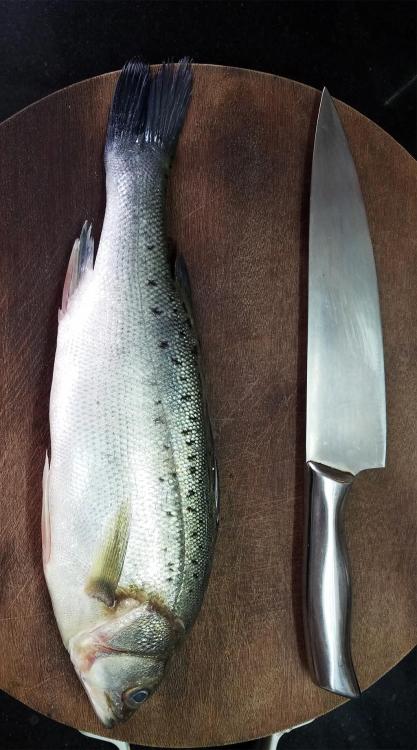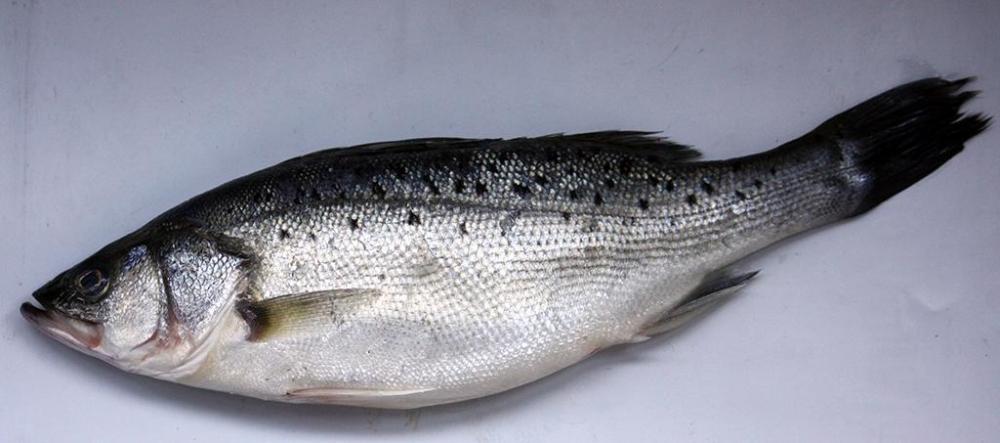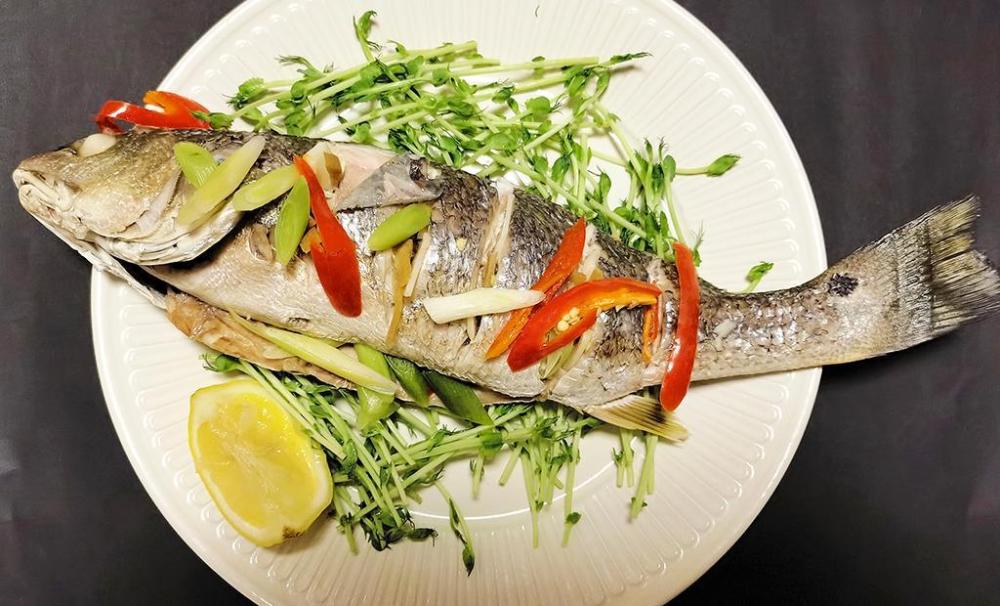-
Posts
16,662 -
Joined
-
Last visited
Content Type
Profiles
Forums
Store
Help Articles
Everything posted by liuzhou
-
Русский хлеб - Russian bread. British Heinz beanz imported via Hong Kong on toasted rye from Siberia. New Zealand butter. Low rent fusion food!
-
Glad to hear it. I was thinking the same as @lindagand about to ask the same.
-
Turbot Next up is one of my favourite fishes, 多宝鱼 (duō bǎo yú, literally ‘many treasures fish’, but also chosen for its perceived phonetic similarity to the English), Scophthalmus maximus – Turbot. I was surprised, but delighted, to find it in China. Surprised because it is native to the north-east Atlantic with a presence in the Baltic and Mediterranean Seas, but it seems it is extensively farmed in China (probably with some escapees) as well as in many other countries around the world. Delighted because it is so delicious. This left-eyed flatfish can grow to up to one metre / 40 inches long and 25 kilograms / 55 pounds) in weight, although those I get here tend to be around ⅓ of that which, as I live alone, suits me just fine. If I have guests, I can always do two or three. Turbot Fillets Sometimes, after cleaning it, I reduce it to four fillets (it is easy to do) and simply pan fry it, but other times I give it a more typical Chinese treatment, steaming it with soy sauce and chillies as they do in at banquets in Hunan. Steamed Turbot with Soy Sauce and Chillies as served in a restaurant in Huaihua City, Hunan
-
Thank you. Yes, I've done something very similar in lettuce cups in the past. Almost a laab.
-
This is a sort of riff on something my mother often did with leftover mince and tatties. She wouldn't recognise my take. Her version was just leftover minced beef and potatoes reheated next day with a poached egg on top. I subbed rice for the tatties and made the beef from fresh. Minced it by hand (hachéed to be precise) and Asiafied it by marinating it with garlic, chilli, Shaoxing wine and Vietnamese fish sauce. Fried that with finely diced carrot and green onion tops. Finished with the whites of the 'green' onions and a little potato starch slurry. Not pretty, but tasty.
-
This was a bitter disappointment, but it wasn’t the fish’s fault. I had read somewhere that this is a kind of herring but although 曹白鱼 (cáo bái yú), Ilisha elongata is called the Chinese Herring, it is only distantly related to the true herrings. So my plans to make kippers fell apart and dreams of Liuzhou becoming the kipper centre of Asia went out the window. This species lives mainly in the Indian Oceans and East China Sea and is extensively commercially fished, the vast majority being landed in China. It is regarded as of least concern in sustainability terms. They can grow up to 45 to 60 cm / 18 to 24 inches, but are normally marketed at around 25 to 30 cm / 10 to 12 inches. Despite being unkipperable, it is a fine tasty fish to eat, but somewhat bony, as are the true herrings. But we are not here to cater to cartilogenophobiacs! The fish are usually fried – shallow or deep. In Guangdong province (home of Cantonese food), it is often salt-dried as a type of 广东咸鱼 (guǎng dōng xián yú) - Guangdong salted fish, but is considered to be highly carcinogenic in that form. This species should not be confused with tenualosa toli, the unsustainable and now vulnerable, “toli shad”, also sometimes referred to as Chinese herring. It comes from SE Asia and isn’t a herring, either! Also, in the Wikipedia article titled “Ilisha elongata”, it is described as, and illustrated by, a totally different species – a leatherjack. Hmmm. Dammit! I may try kippering one anyway!
-
That is Scottish / English and anciently so. In writing, first recorded in the mid-1500s. Hardly Canadian.
-
These babies are 秋刀鱼 (S*) / 秋刀魚 (T*) (qiū dāo yú, literally ‘autumn sword fish’) - Cololabis saira – Pacific Saury. Also known as mackerel pike despite being related to neither, this is a species native to the North Pacific stretching from Alaska down to the Mexican coast and over to Japan, Korea and China. The 25 – 28 cm / 10 – 11 inch long fish are scaleless yet considered kosher. The skin is impossible to remove and when filleting these there is no need to remove the pin bones as they soften completely when cooked. The fish are very popular in Japan where they are known as さんま or サンマ (san ma) and usually grilled kabayaki style along with unagi eel, and in Korea where they are 꽁치 (kkongchi) and are simmered or salt-grilled. In Russia’s eastern areas, the species is often smoked and / or canned. Having started in 2002, China’s catch is increasing enormously year on year. It is not advised to make stocks from this fish as its head can introduce bitterness. For the same reason, it is also suggested that one doesn’t eat the intestines, but as few westerners would do so anyway, that info may be superfluous. The interwebs are full of recipes from many different cultures and in many languages. Search under the alternative names, too. I’ve eaten it often, but never cooked it, so no partiular recommendations. Having been raised in Atlantic waters (not literally; more the North Sea), this was never a fish I encountered until I moved to Asia. Is it common where you are? If so, how do you deal with it? * (S) means Simplified Chinese as used on the Chinese mainland and (T) means Traditional Chinese as used mainly in Hong Kong, Macao, Taiwan and an ever-shrinking proportion of the Chinese diaspora.
-
Japanese Sardinella coated in seasoned potato starch and deep-fried. Served with shichimi togarashi, sea salt and mini lemons. Also, accompanied by the best condiment for the job. Liquan Beer
-
I love fresh sardines; have done since I was a kid. One of my warmest and earliest memories is being on a quayside in southern France, near the Mediterranean border with Spain, eating freshly grilled sardines straight off the boat. I must have been about four years old. Here in China, I’ve never seen a fresh sardine, which isn’t really surprising. They aren’t found in Chinese waters. At least, not what I call sardines. I mentioned this to a Chinese friend years ago and she told me “Of course, we have sardines”. I clarified that she wasn’t talking about canned sardines, another topic which I will get back to later. “Every supermarket has them!”, she declared. So, I got her to show me. At the fish counter she pointed to some small skinny fish and triumphantly pointed to the sign reading 沙丁鱼 (shā dīng yú). This is a loanword from English with the first two characters being pronounced vaguely like ‘sardine’ and the third meaning ‘fish’. Chinese doesn’t really have its own name for sardines. (Some joker will point me to the word 鳁 or 鰛 (wēn), but that’s a made up name, too and rarely used. It isn’t even in most dictionaries.) Not sardines, but Japanese Sardinella. The gap in the circular display is where the samples I bought were placed before I messed up the hard work. Anyway! They look and taste nothing like the sardines I was used to, the European sardine, Sardina pilchardus. I did a bit of research and found out what these really are, Sardinella zunasi, sometimes known as Japanese sardinella. They are not particularly Japanese though, but are common all around the eastern coast of China, too. The two species are distantly related. That’s all. The Missing Sardinella These are straight bodied and about 15 cm / 6 inches long and about 2 cm / ¾ of an inch at their widest. They are most often gutted and quick fried, perhaps in breading / batter but more often just dipped in seasoned flour or starch, and even more often as they come. They don’t have the typical oily flavour I associate with European sardines. Japanese Sardinella coated in seasoned potato starch and deep-fried. Served with shichimi togarashi, sea salt and mini lemons. Japanese Sardinella coated in seasoned potato starch and deep-fried. Served with shichimi togarashi, sea salt and mini lemons.
-
Chinese food looks better in China! On china!
-
This is my latest find Flowering Chinese Chive sauce / dip. It comes from Inner Mongolia and contains the chives, water and salt. End of story. Very oniony in a good way. It would be easier and cheaper to make it myself, though. Flowering Chinese Chives - 韭菜花 (jiǔ cài huā)
-
We have members in many parts of the world. I'd be interested in knowing what local specialties you have where you are. Not the country you live in, but more local than that. Maybe even just the city you live in. Earlier this week, Liuzhou, where I live in southern China, held a sort of interactive exhibition showcasing some of the city's specialties, especially snails which are loved here! Yes, snails are eaten in other parts of China, but Liuzhou has by far the most different ways of using them, the most famous being luosifen. Unfortunately, I wasn't able to attend but here are 9 photos from the event. Pig Foot with Snails What's very local to you? The more out of the ordinary, the better!
-
Yellow Croaker Here we have a very common fish round these parts: 小黄花鱼 (xiǎo huáng huā yú), Larimichthys polyactis, Yellow Croaker or Corvina. Both wild caught, but more likely farmed, off China’s east coast in the East China and Yellow Seas. These are one of the few fish sold both fresh and frozen, but they are also sold dried or smoked. The fish tend to be around 20-25 cm / 8-10 inches in length. The dried or smoked fish are usually added to hotpots and soups, whereas the unprocessed are shallow fried with spices and herbs. The meat is very delicate and needs handling with care to keep the creature intact. Fans of Korean cuisine may know this one as the salted and dried favourite delicacy, 굴비 - gulbi. Fried Yellow Croaker with Herbs, Spices and Fried Soybeans
-
I spent time there in Tito's time, too. 1970 or '71. All I really remember, like you, is the seafood and wine.
-
I often crave bitter melon. I usually do it with beef, but whatever - the melon is the star.
-
Snubnose Pompano I posted this in the Dinner 2021 topic a couple of days ago. It is 鲳鱼 (chāng yú),Trachinotus blochii, or Snubnose Pompano. Pompano is a 21-member family of marine fish, most of which are eaten. The snubnose variety is found in the Red Sea and East Africa to the Marshall Islands and Samoa, north to southern Japan, south to Australia. Here it is farmed on China’s east coast near Shandong province and others. The local supply is again from Beihai. It is sometimes marketed (both here and elsewhere) as 小昌鱼 (xiǎo chāng yú)*, Silvery Pomfret or Butterfish, but these are not true pomfrets, which are a completely different species. Snubnose Pompano Snubnose sold here are around 26 cm/10 inches nose to tail, although they can grow much larger. Their meat is delicious, but there isn’t a lot of it! I will happily eat a whole one myself and still be looking for more. I have been to family dinners where two or three of them were prepared. They are normally steamed, but can be pan or even deep fried after being coated with starch. I use potato starch rather than the monstrous type so favoured by many. Pan Fried Snubnose Pompano Probably the best I ever had though wasn’t in China, but was cooked by a Chinese woman on a beach on a Thai island which must remain secret! Actually, it needn’t as it is now totally out of bounds to visitors as part of a protected area and you can’t go there anyway! The fish was fried and covered with a delicious chilli-heavy sauce. I have tried to replicate it, but it has never worked. The ambience was part of the recipe. *The middle character 昌 is wrong. It should be 鲳. However, the label and sign writers in the local supermarket regularly get their own language wrong. With 10s of thousands of characters to recall, it isn't surprising. Doesn't help me with identification though, when the name they give is incorrect.
-
Interesting read here from Trinity College Dublin about their research and experience brewing a 16th century beer in 2021. Very detailed. I look forward to seeing that!
-
-
The Chinese, 熊猫米粉, translates as 'Panda Rice Noodles'. I hope no pandas were involved in the manufacture, though. Nice looking dish you have there.
-
I’m taking a bit of a temporary break from freshwater species and going to jump into the sea! I will return. I am anadromous, although I prefer the sea to supply dinner. Much of the sea fish I get is landed at Beihai, a city on the southern coast of Guangxi, near the Vietnam border and is both wild caught and farmed in the Gulf of Tonkin. In addition, we get farmed fish from around most of China’s eastern and southern coasts. Most markets only do freshwater fish, so sea fish is the preserve of the supermarkets. It is rarely sold live, but is mostly fresh. Very little is frozen in China, except in Heilongjiang where everything is frozen, even the people. I will start with something probably familiar to most members. Sea bass, although that name covers a lot of different species. What we get here is 海鲈 (hǎi lú), Lateolabrax japonicus or Japanese Sea Bass. This is approximately 30 cm/12 inch long white-fleshed beast with a fine delicate taste and flesh which flakes perfectly. Here, it is normally gutted and steamed whole and served alongside other dishes, especially on festive occasions. A dip, the nature of which differs from cook to cook, is usually served alongside, but most are soy sauce and/or vinegar based. That said, I have filleted then pan fried it and even used it successfully in fish and chips. Steamed Japanese Sea Bass Pan Fried Japanese Sea Bass Fillets with Wakame, Crab Roe and Pickled Ginger
-
Sounds better than the Heinz version!
-
They are indeed tasty, but not much meat on them. I would serve one per person! Lunch was only me, so it worked out just fine.
-
It's not bile. Most catfish have these yellow pigments called xanthophylls, which are tasteless and do no harm whatsoever. Still not my favourite fish, though.



